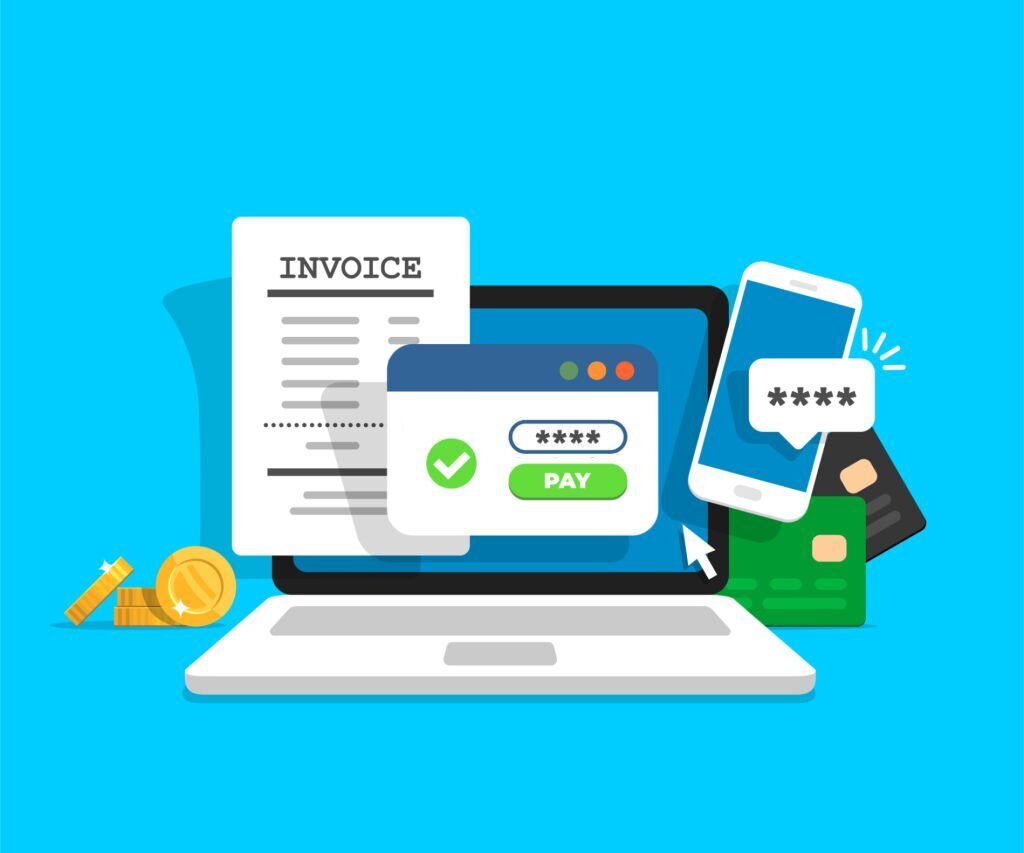Metered Billing is a billing model that is based on the idea that your customer will pay you according to the usage of your product or service. You don’t set a fixed price for your product for a certain period of time in this model. Instead, you charge your customers according to how much of your product or service they have used.
Using this billing system can help you streamline your business in several ways. That’s what we are going to talk about in this article. Here, we will discuss what Metered Billing actually is, what are its benefits, and how you can apply it to your business. Let’s start. There are several ways to set up Parental Control on iPhones. This feature helps you limit phone usage for children. Here’s how you can set it up.
What is Metered Billing?
The metered billing method charges customers based on their monthly usage of your product or service, for instance, the amount of API calls completed within a month, or the storage they use. These are some common metered billing models:

- Per-unit Billing: Your users are charged a per-unit price
- Overage-based Billing: Users get a fixed amount of units and an extra overage price will be charged for any additional usage.
- Volume-based Billing: Varying per-unit charges depending on total usage during the billing cycle.
- Tiered Usage Billing: Customers are charged depending on the per-tier usage quantities in the billing cycle.
How Do Businesses Benefit from Metered Billing?
The benefits your business can get with the help of the Metered Billing system are given below:
It is Fairer for Your Clients
The most coveted advantage of adopting a metered pricing model is its perceived fairness. Since customers are able to see the exact value they are deriving from their consumption, they know the more they use a service or product, the more they will pay.

For instance, we feel at ease knowing that when we sit in a cab, the fare we pay will be based on the distance we travel. If the driver ever tries to negotiate their fixed fare, you will feel that you are not getting a fair deal. By this logic, the use of an equitable pricing model greatly improves the customer retention rate for your SaaS business.
The right SaaS billing and metering strategies leave customers feeling satisfied and this greatly impacts your potential earnings. On the other hand, if you adopt an incorrect pricing model, even with the correct price point, it will become difficult to make customers understand the value your business offers. To know more about it od ideas
Helps You Generate Higher Lifetime Value for Customers
If there is a metric that SaaS businesses love tracking it is customer lifetime value. However, increased value is not only generated from clients paying more but also due to improved reporting and data on customer behavior.

If companies optimize their metered billing strategies by using an appropriate metered billing software they are able to not only invoice customer usage accurately but can track and generate analysis reports on that usage. This allows them to access time-specific and in-depth usage data that lets them know exactly where and in what amount customers are utilizing their product.
This is then used to assess customer health, whether the customers are about to churn and or need to be prompted towards an upgrade. Positive end results ultimately accumulate into higher customer lifetime value. The usage-based billing model provides you the opportunity to use relevant usage insights and impact customer behaviors. This is done through targeted marketing campaigns to help customers derive greater value from your services or products. visit this site EHome.Wiki for more information
It Places Power in the Customer’s Hands
A number of customers do not like being locked into contracts. They want to use subscriptions at their convenience and take a break when they require space. With a metered billing model, and especially if you use SubscriptionFlow Metered Billing Software, you let customers decide when they want to pause their subscriptions.

Moreover, some businesses may plan to adopt metered billing as along with a combination of billing methods, this process is made simpler by using automated subscription billing software.
How to Apply Metered Billing in Your Business:
You can apply the Metered Billing strategy to your business in the following major ways:
By Using a Cloud-Based Service:
There are several club-based services available that can help you calculate the usage of your service by each customer. Some examples of these services include Amazon Web Services, Microsoft Azura, etc.
Using a SaaS Service:
Many SaaS services are also helping people adopt Metered Billing for their business. You can try out these software solutions for this purpose.
Telecom Services:
If your company is related to telecommunication such as a phone company, you can use different telecom services to calculate the usage of your services by customers and charge them accordingly.
Conclusion
To conclude it all, Metered Billing help you streamline your business in several ways. It is basically a billing model where you only charge for the service that is being used by the customer and not according to the time period (monthly, annually, etc.). We have described some major benefits your business can get by using the Metered Billing strategy in the information given above.


